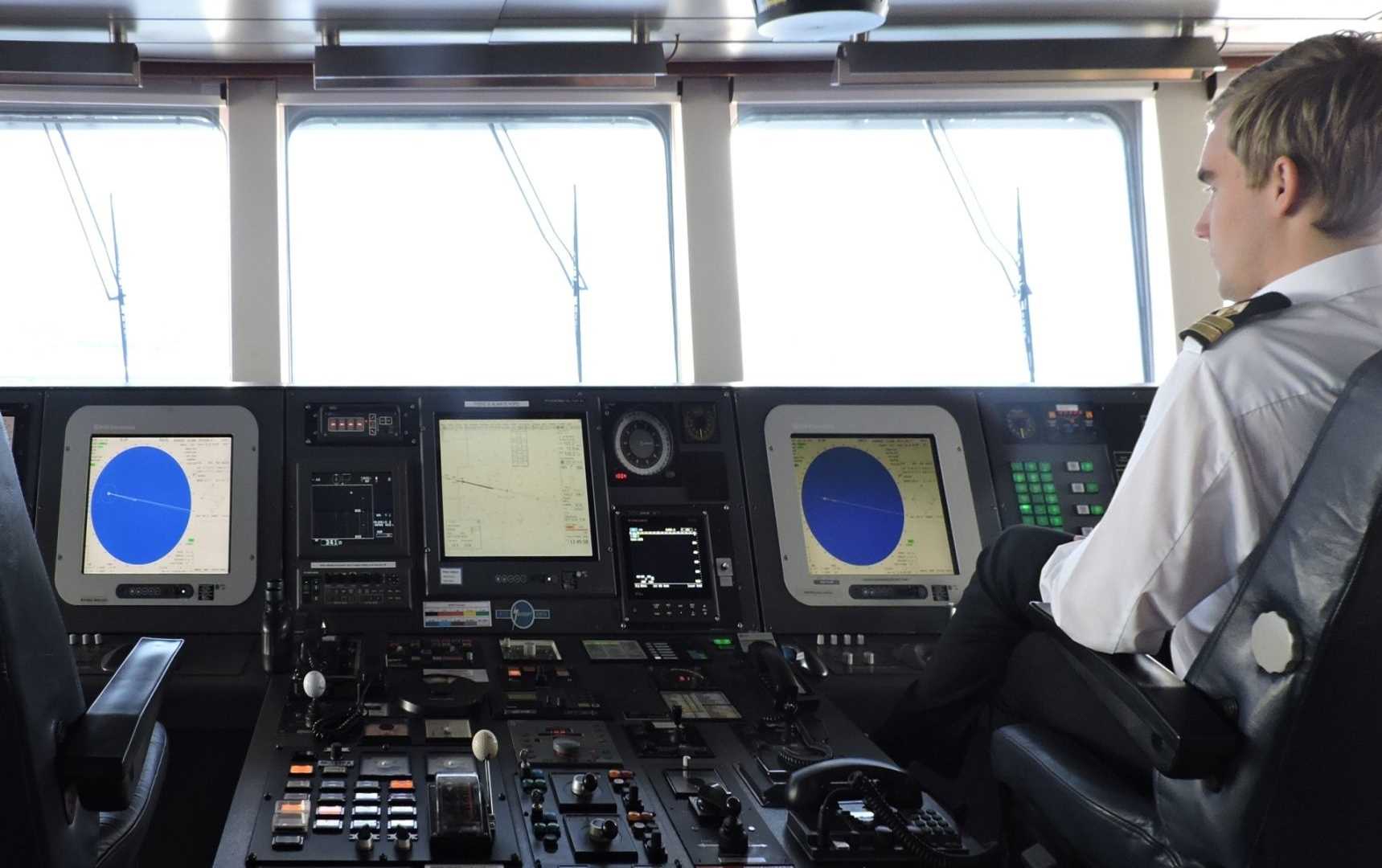We enjoyed a beautiful day at sea as we continued on our trek eastward towards
There was a cost for the relatively calm waters encountered today in that the almost windless conditions forced the many sea birds that had been following the ship to give up flying. Those wonderful albatrosses, giant petrels, and even the pintado petrels felt it required too much work to flap their wings to stay in the air chasing us. They probably just settled on the water’s surface to wait for better winds, which will surely come soon. By late morning, there were very few birds to be seen, apart from little Wilson’s storm petrels and prions.
In the meantime, we continued with our presentations throughout the day, and completed a bio-security inspection and cleaning of all the gear we had brought with us to explore
Soon after dinner, we passed by Shag Rocks, which are aptly named for the countless shags (or cormorants) that nest here on the rugged and isolated rocky peaks. These are blue-eyed shags, otherwise known as imperial shags, and the surrounding area must surely be bountiful with the nutrient-rich upwellings in such cold, turbulent waters to feed this concentration of birds. Unfortunately, we were enduring a heavy fog this evening, which limited views to perhaps 200 meters. Our good ship passed within 330 meters of the rocks and we could barely make out dark triangular masses looming out of the sea. One shag flew out around the ship to investigate, it seemed, and quickly disappeared in the fog. Okay, our pass by Shag Rocks wasn’t as successful as it could have been, but it instilled plenty of excitement (and laughs) for those of us on the bridge deck.







